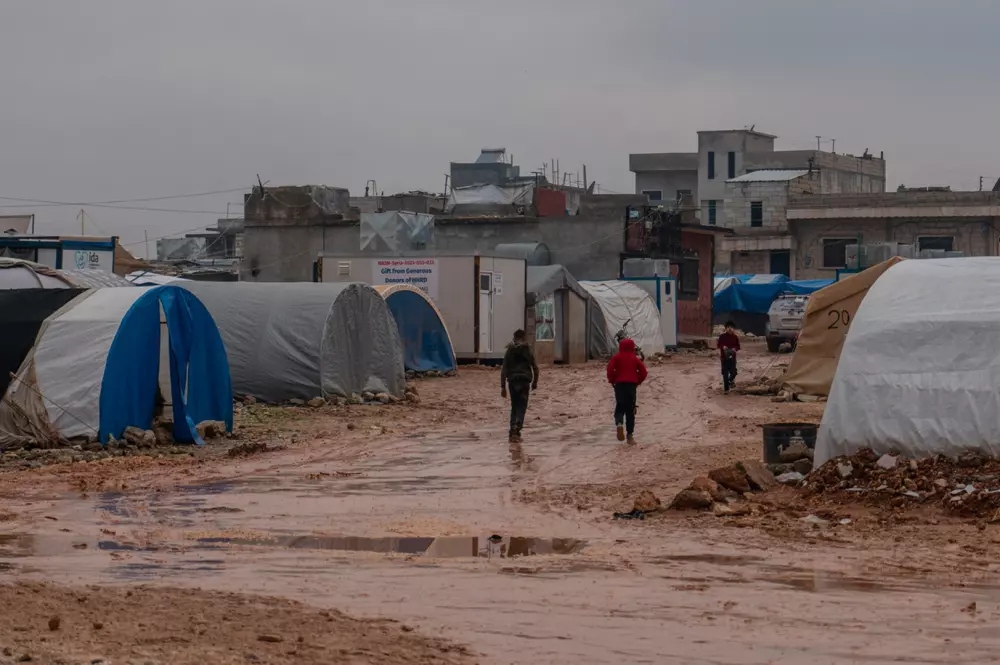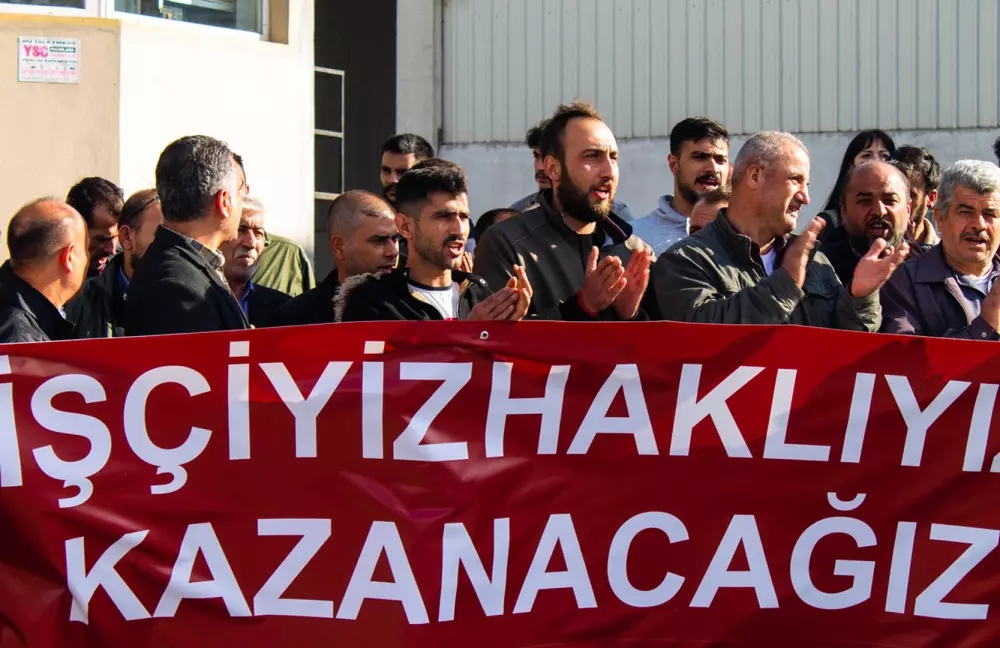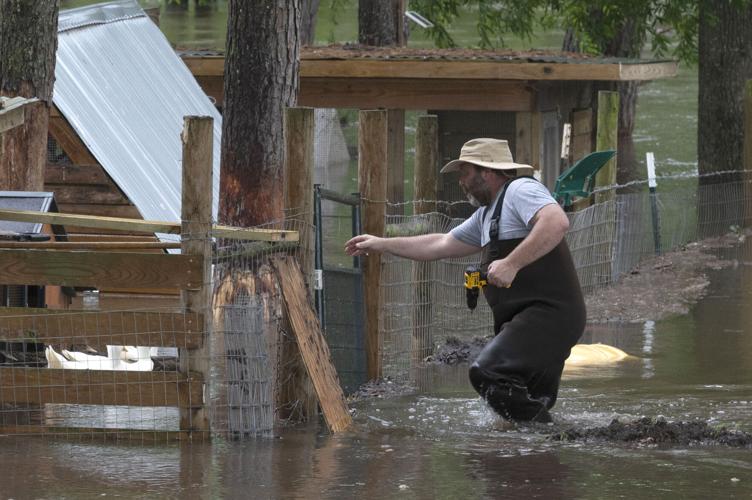One year following the catastrophic earthquakes that ravaged
northern Syria, the region continues to grapple with the aftermath as tens of
thousands remain displaced and without stable homes. Amid escalating local
conflicts and dwindling international aid, the plight of those affected by the
disaster remains largely overlooked.
In the immediate aftermath of the February 6 disaster, chaos
engulfed southern Turkiye and northern Syria, with communities struggling to
find shelter and assistance. The death toll surpassed 55,000 across both
countries, leaving a trail of destruction and despair in its wake.
While Turkiye has initiated the slow process of
reconstruction in its affected cities and towns, questions linger regarding the
pace and eligibility for new housing. However, in northwest Syria, controlled
by factions opposing the Assad government, widespread rebuilding efforts are
notably absent, exacerbating an already dire housing crisis.
The earthquake exacerbated an existing humanitarian crisis
in a region home to over 4.5 million people, including 2.9 million forcibly
displaced individuals. Despite initial aid efforts, a significant portion of
the displaced population - around 40,500 people - remain in reception centers,
grappling with uncertainty and a sense of abandonment.
For individuals like 75-year-old Badr al-Din Bakro, who lost
his home in the village of al-Alani, the earthquakes shattered not just
buildings but also lifelong dreams and memories. With no means to rebuild and
minimal assistance, many survivors find themselves reliant on aid to meet basic
needs, struggling to envision a path to recovery.
However, the challenges extend beyond immediate housing
needs. The region's economic instability, compounded by the loss of livelihoods
and infrastructure, further exacerbates the crisis. For farmers like Nafi
al-Sattouf, the earthquakes not only destroyed homes but also livelihoods,
leaving families grappling with financial insecurity and uncertainty about
their future.
Despite efforts by local NGOs to provide assistance and
rebuild communities, the scope of the devastation requires sustained
international support. Funding shortages and political complexities have
hindered long-term recovery efforts, leaving many displaced individuals in
limbo, unable to rebuild their lives.
As the region grapples with the aftermath of the
earthquakes, the need for comprehensive assistance - beyond shelter - is
evident. Addressing the economic, psychosocial, and infrastructural challenges
is essential to restoring stability and resilience to communities devastated by
natural disasters and ongoing conflict.










.jpg)